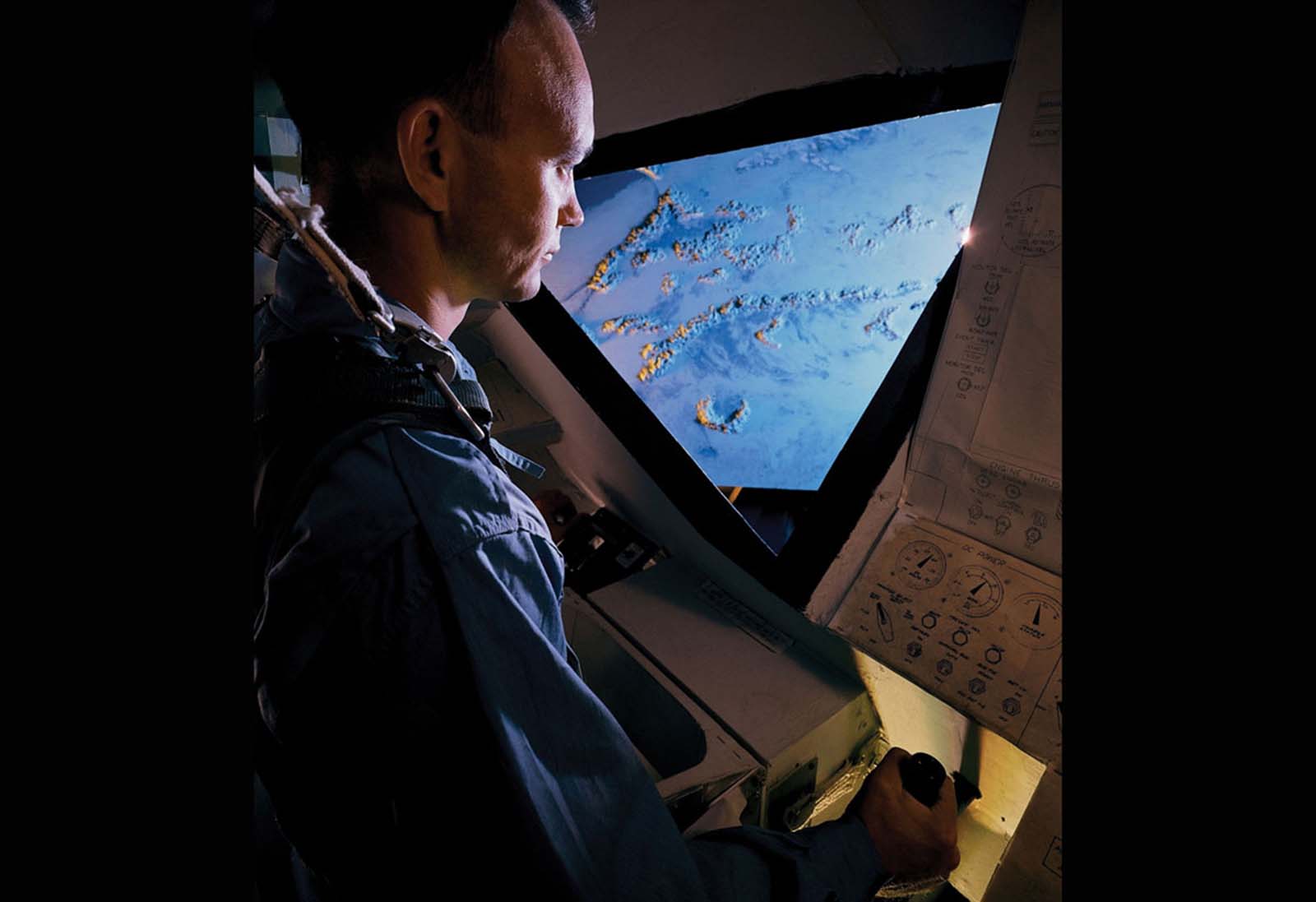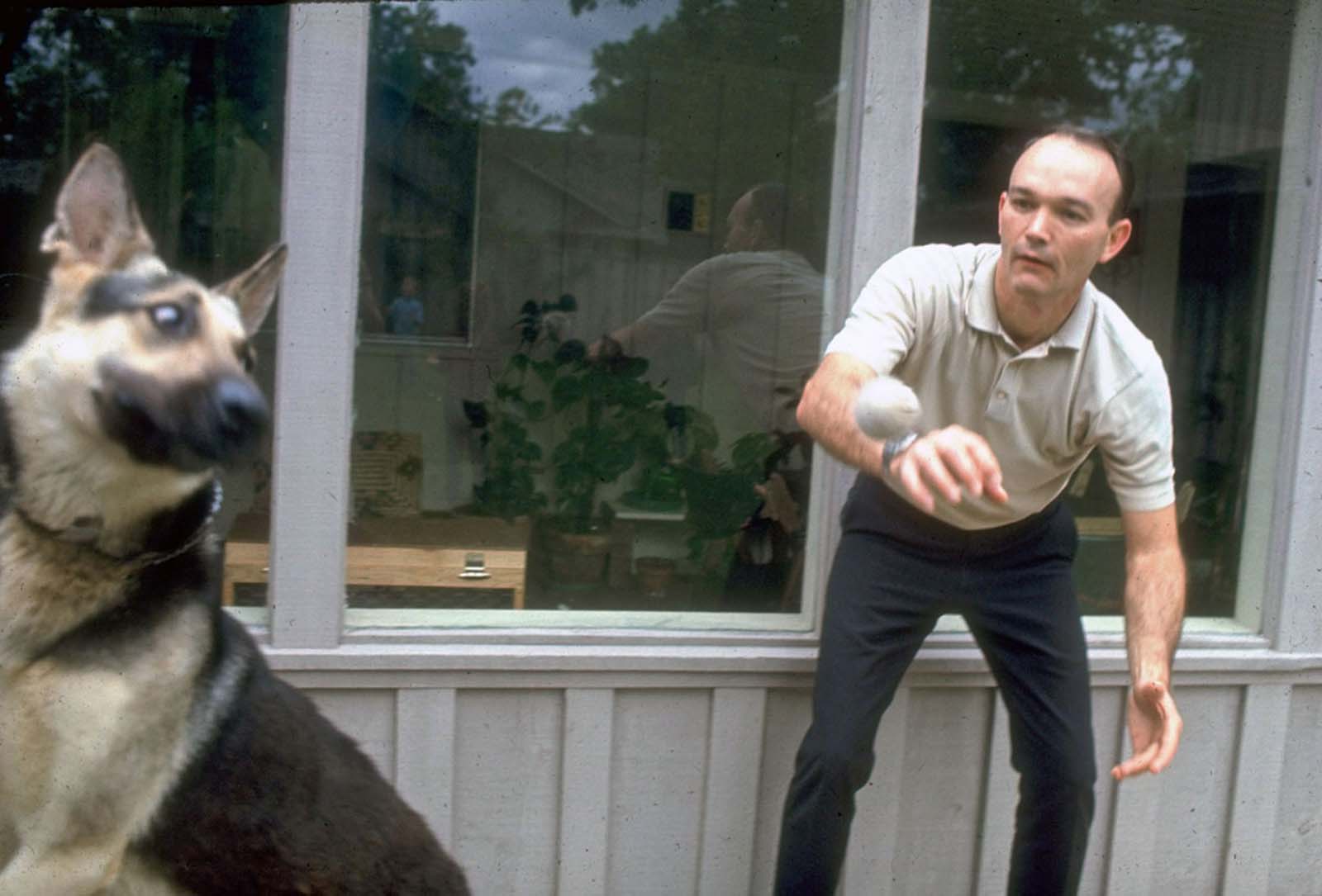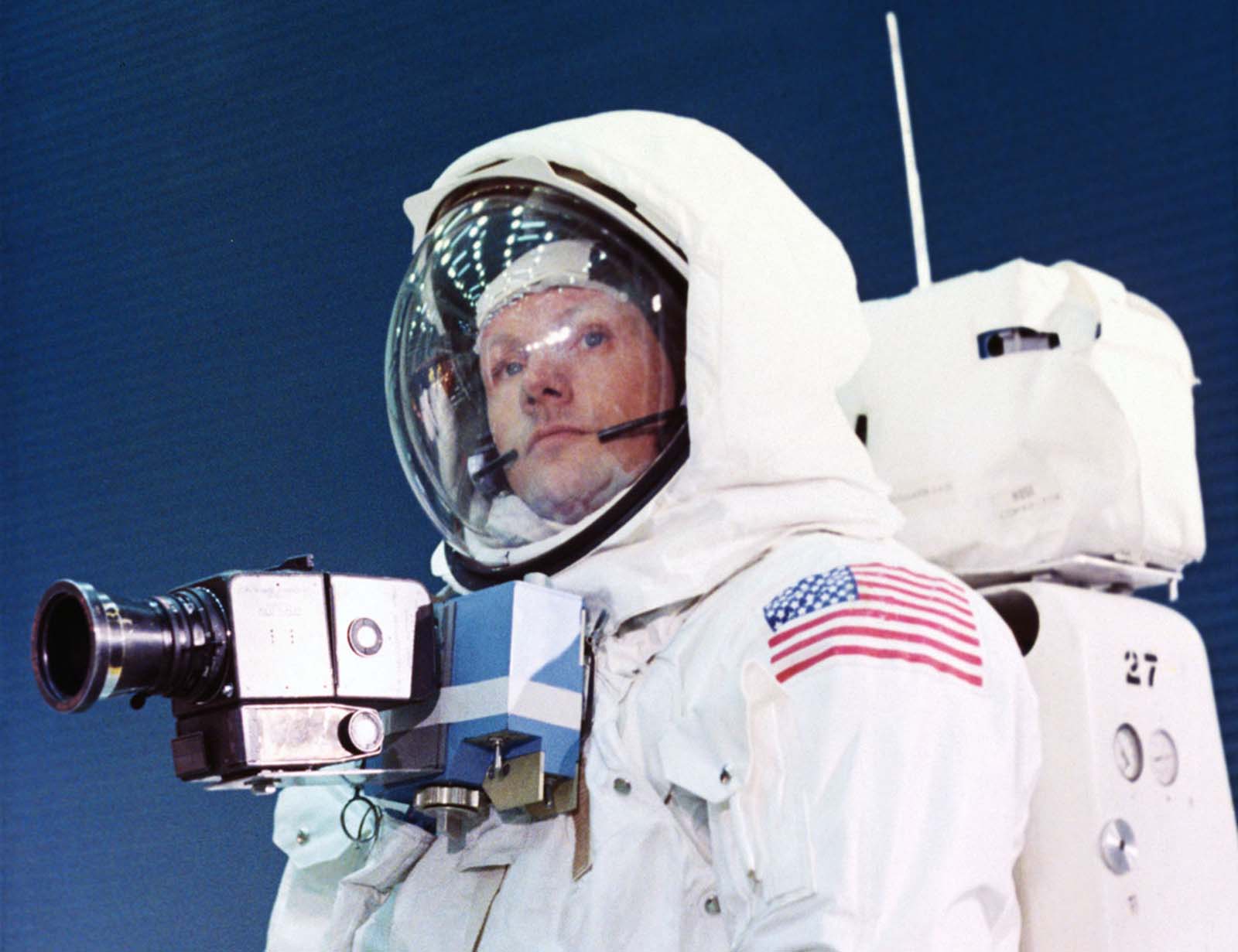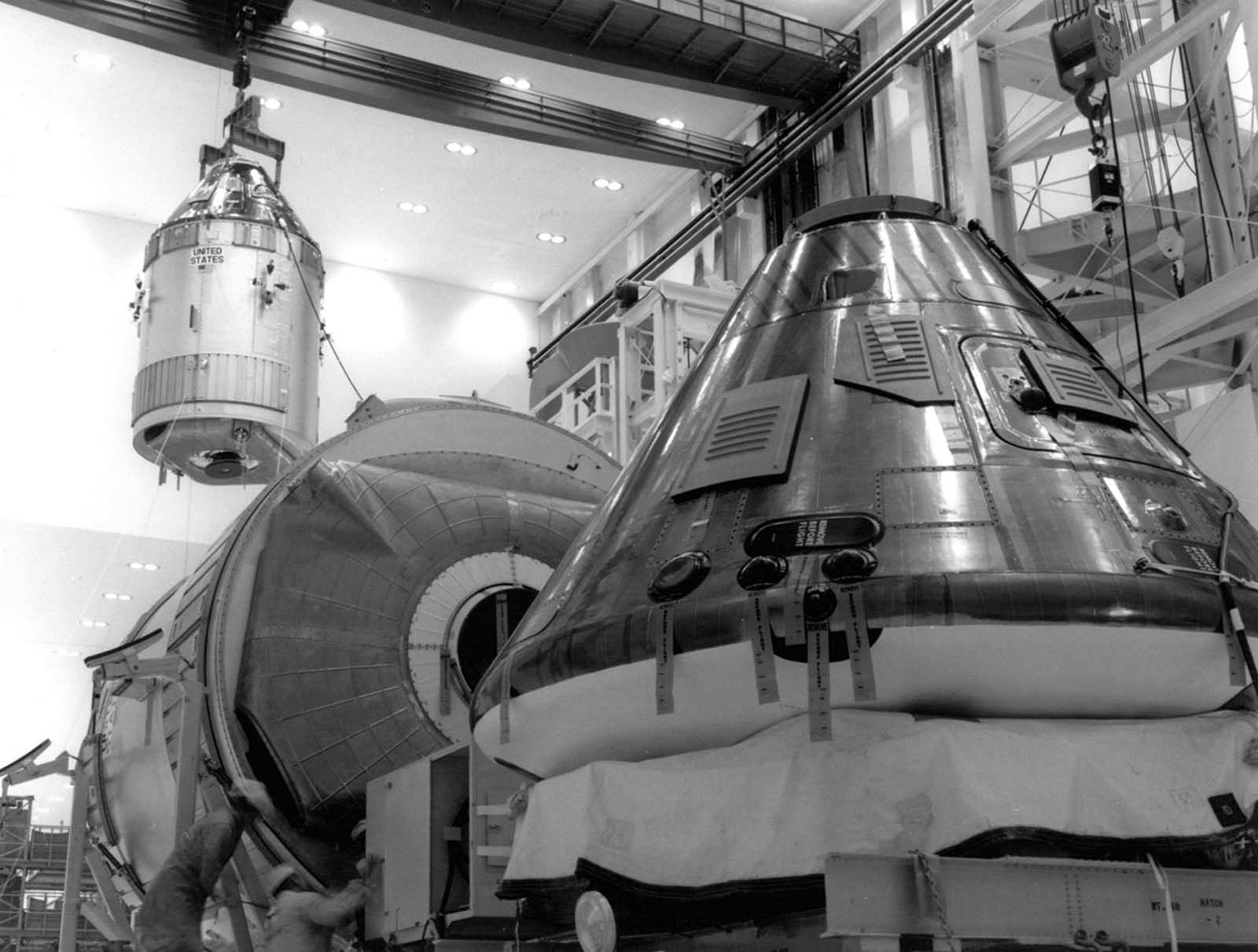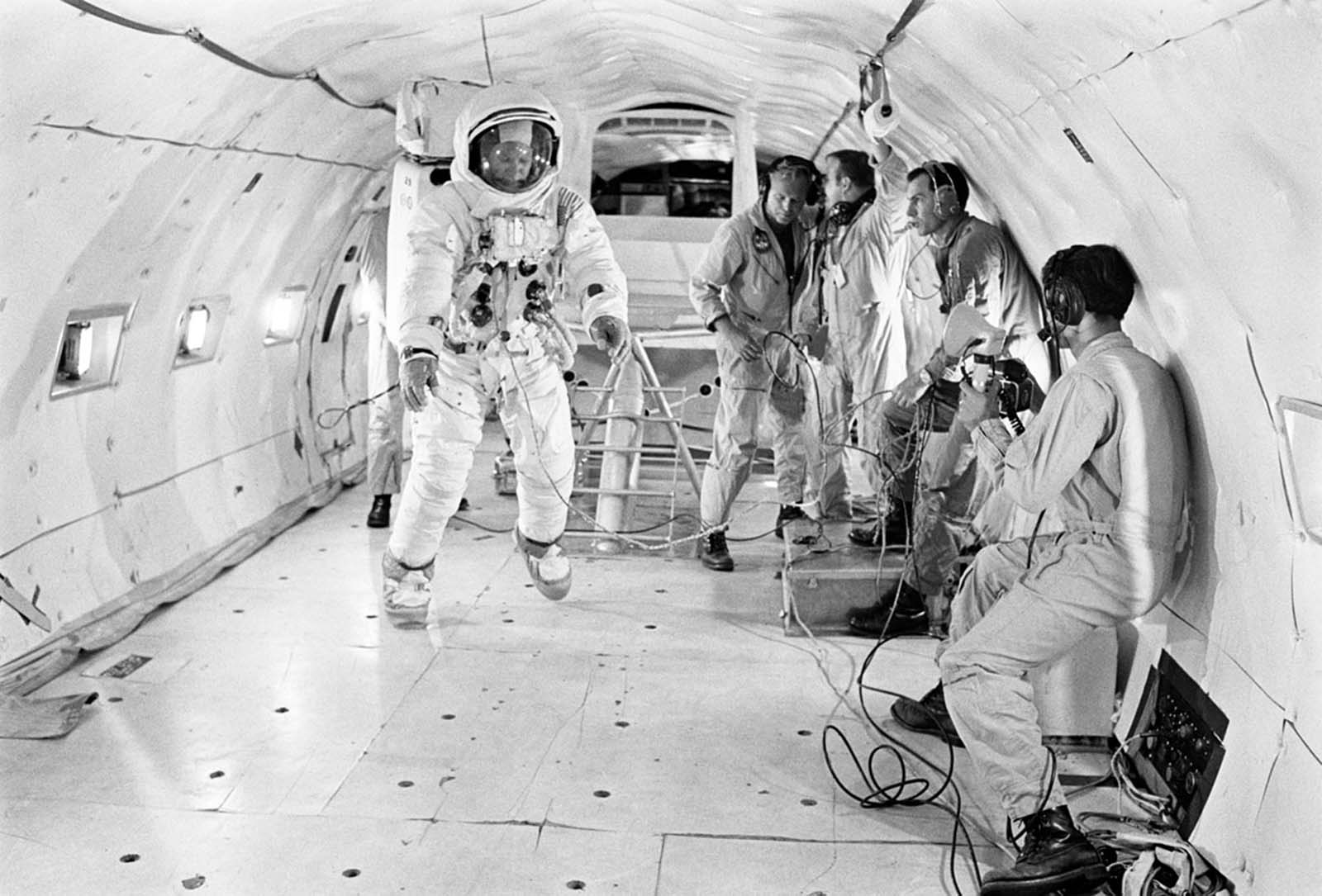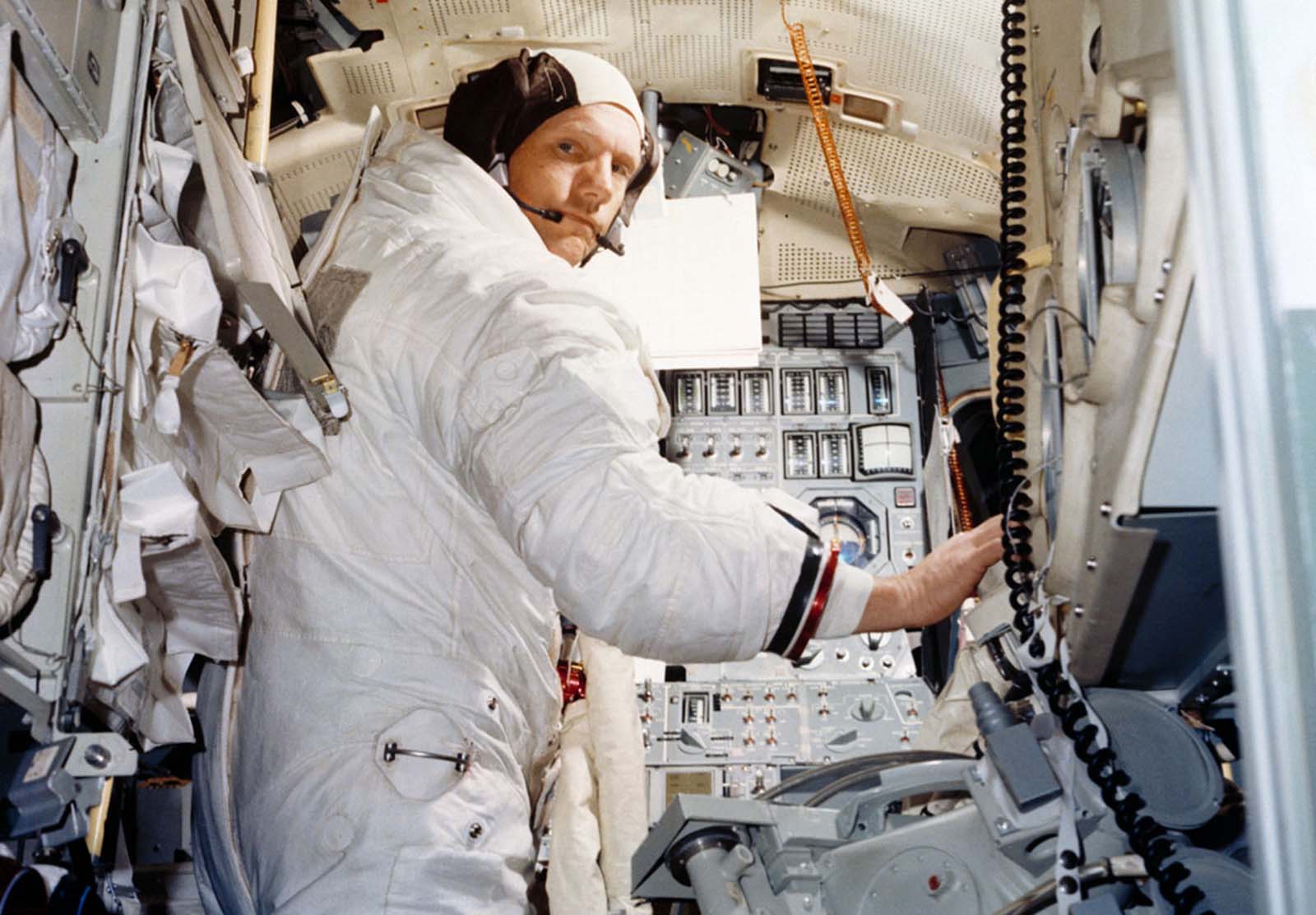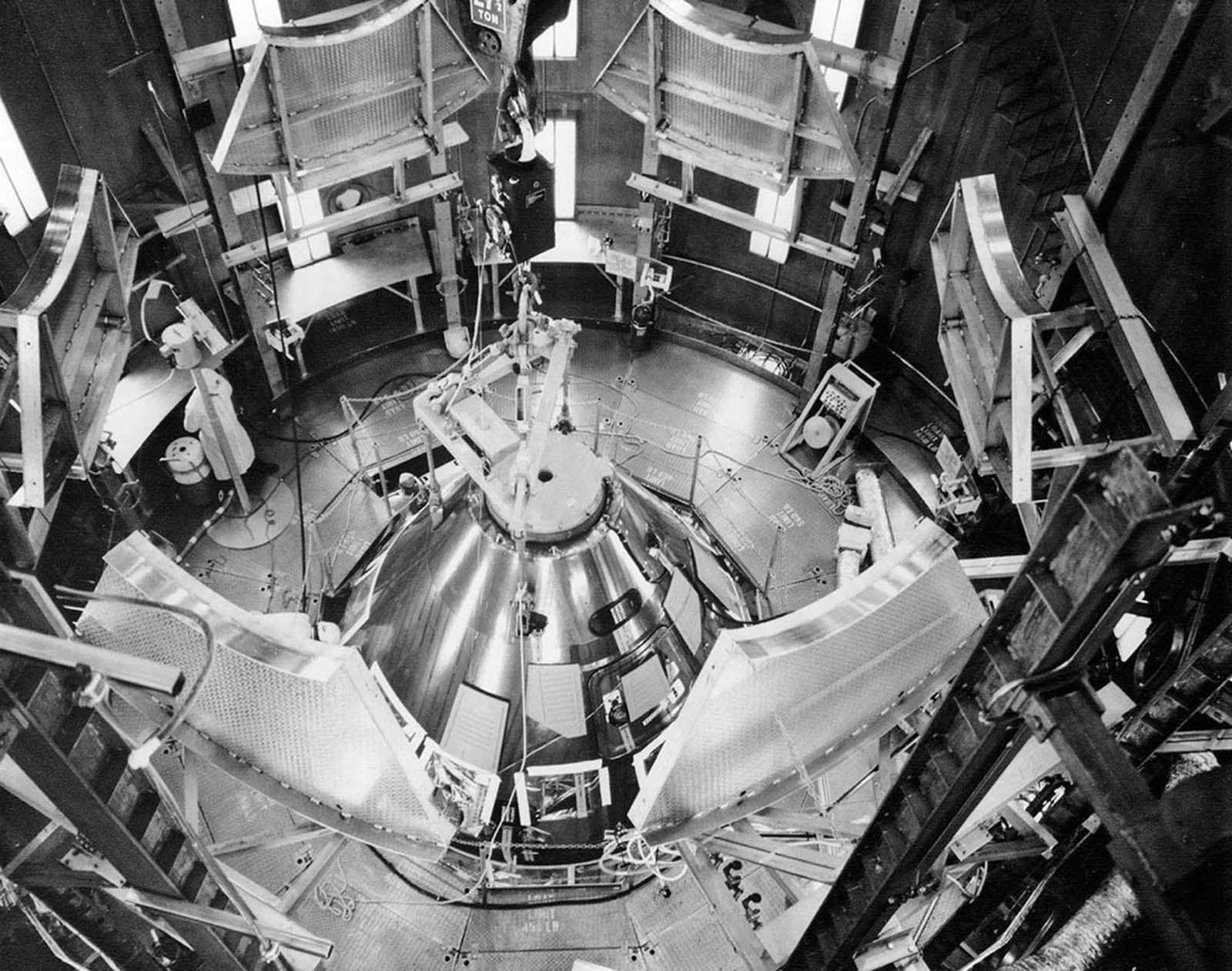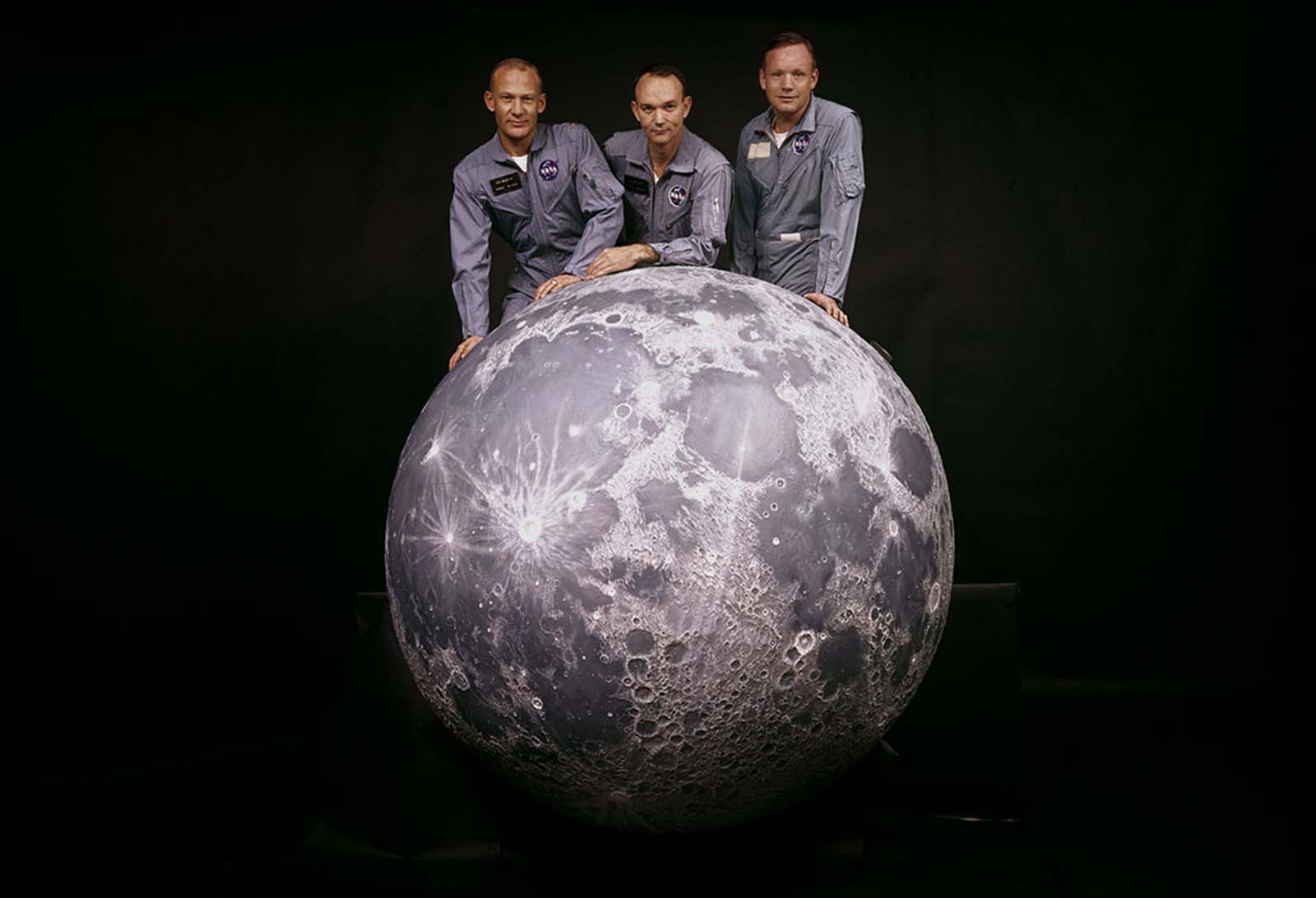In October 1968, the first crewed flight of the Apollo program lifted off; less than a year later, Apollo 11 launched. Within just a few short years, a total of six missions landed 12 American astronauts on the surface of the moon. “We choose to go to the moon,” U.S. President John. F. Kennedy famously declared in 1962 to a captivated crowd at Rice Stadium in Texas. This speech invoked a new urgency in the space race, which had been going on between the U.S. and the Soviet Union. The two Cold War rivals were both determined to outdo the other and land humans on the lunar surface first. The U.S. efforts in this contest included two predecessors to Project Apollo: Project Mercury, which began in 1958, and Project Gemini, which followed in 1961. But until the moon landing itself, the Soviet space program was ahead overall, with successful missions including Sputnik, the first satellite to orbit Earth, and Luna 2, the first space probe to touch the moon. The ambitious goal required an equally ambitious budget. T he U.S. government ended up allocating $25 billion in 1960s dollars to the Apollo program, or about 2.5% of the U.S. gross domestic product (GDP) at the time annually for approximately 10 years. The systems, materials, and techniques necessary to achieve this goal were nearly all brand new and required extensive testing and research before they were sent 240,000 miles away from home. The astronauts were new to this as well, pioneers headed to a new world—literally. The world was fascinated with NASA’s progress as it approached the launch of Apollo 11 in July 1969, when the astronauts Michael Collins, Buzz Aldrin, and Neil Armstrong left Earth to touch down on the moon. Collected here, some of the training, preparation, and daily life that occupied the astronauts and their NASA support team in the months leading up to Apollo 11. (Photo credit: The Life Picture Collection). Notify me of new posts by email.
Δ Subscribe


